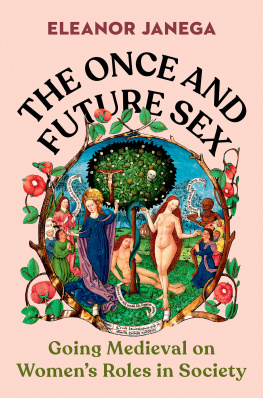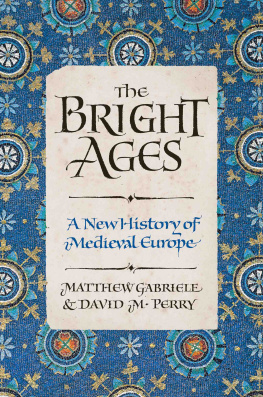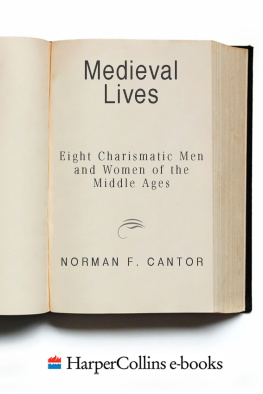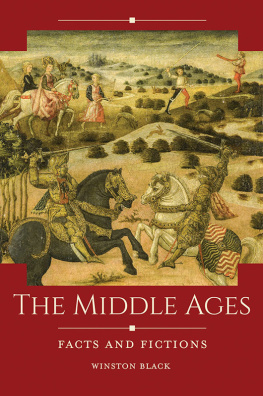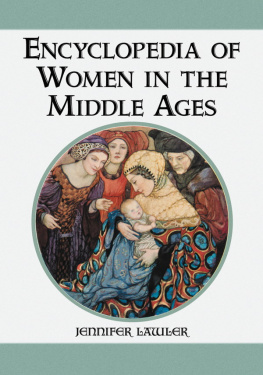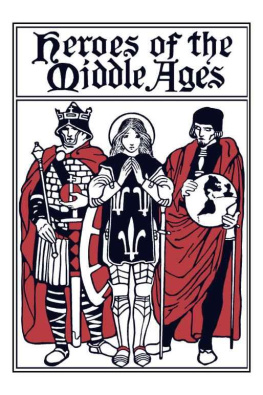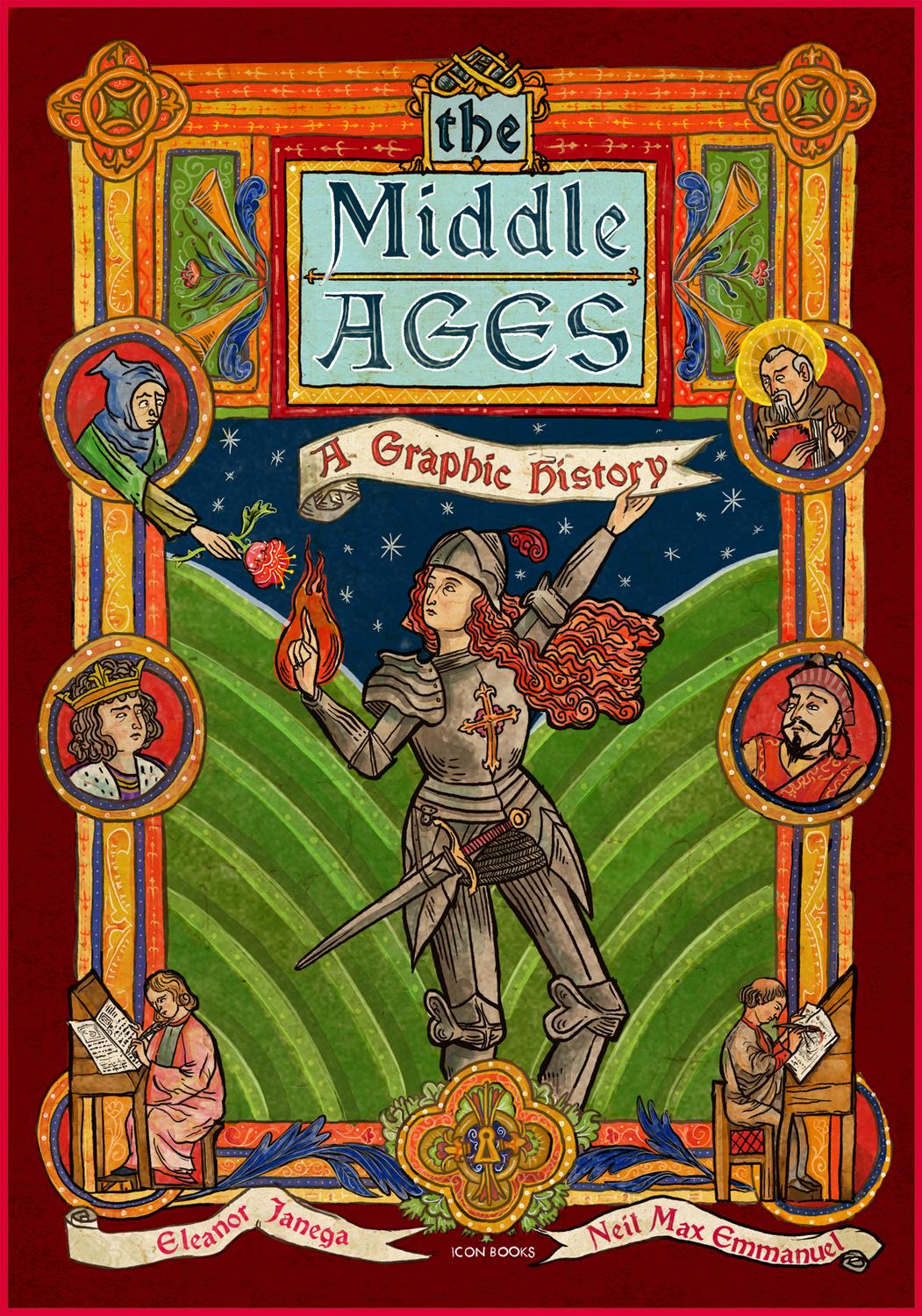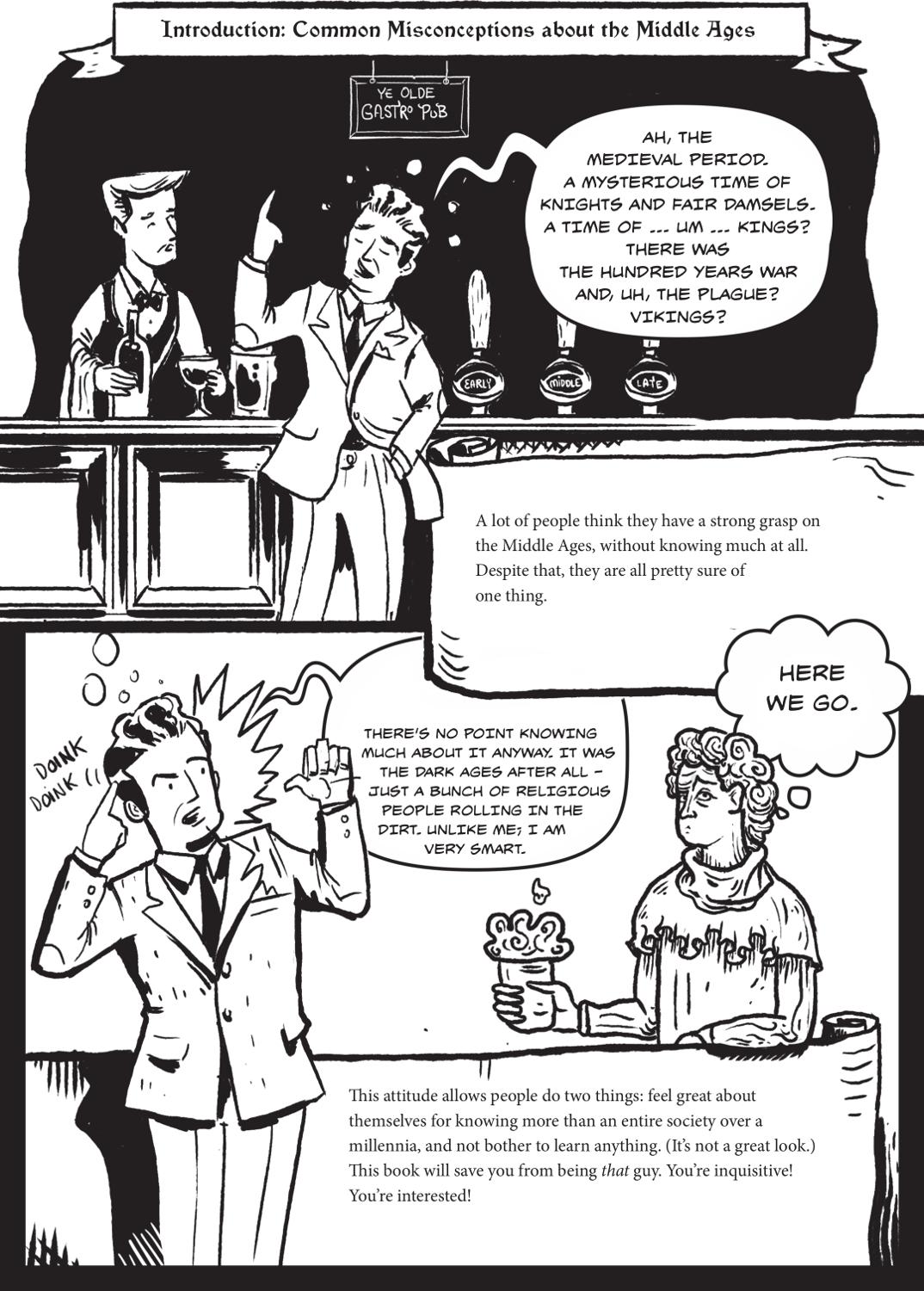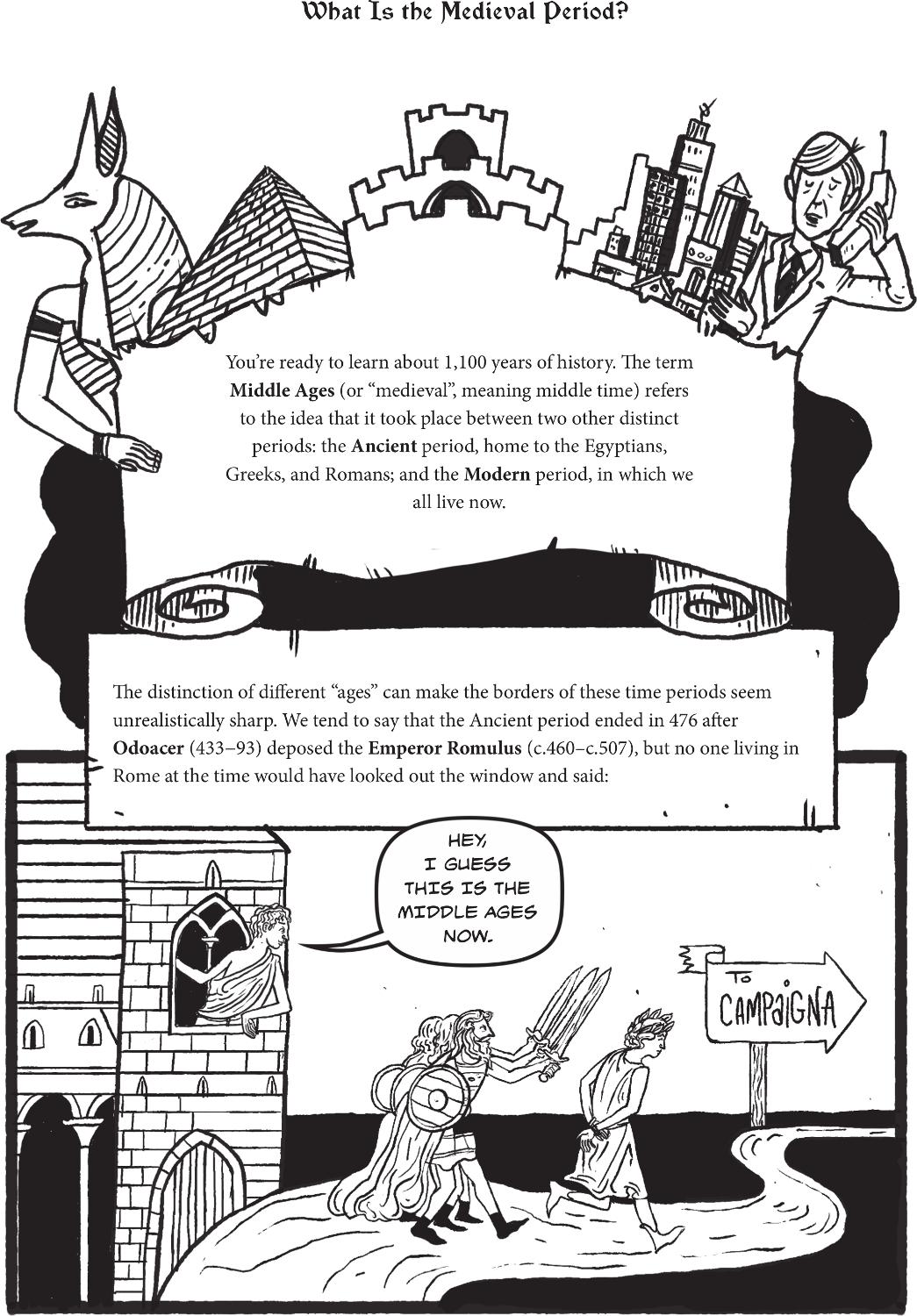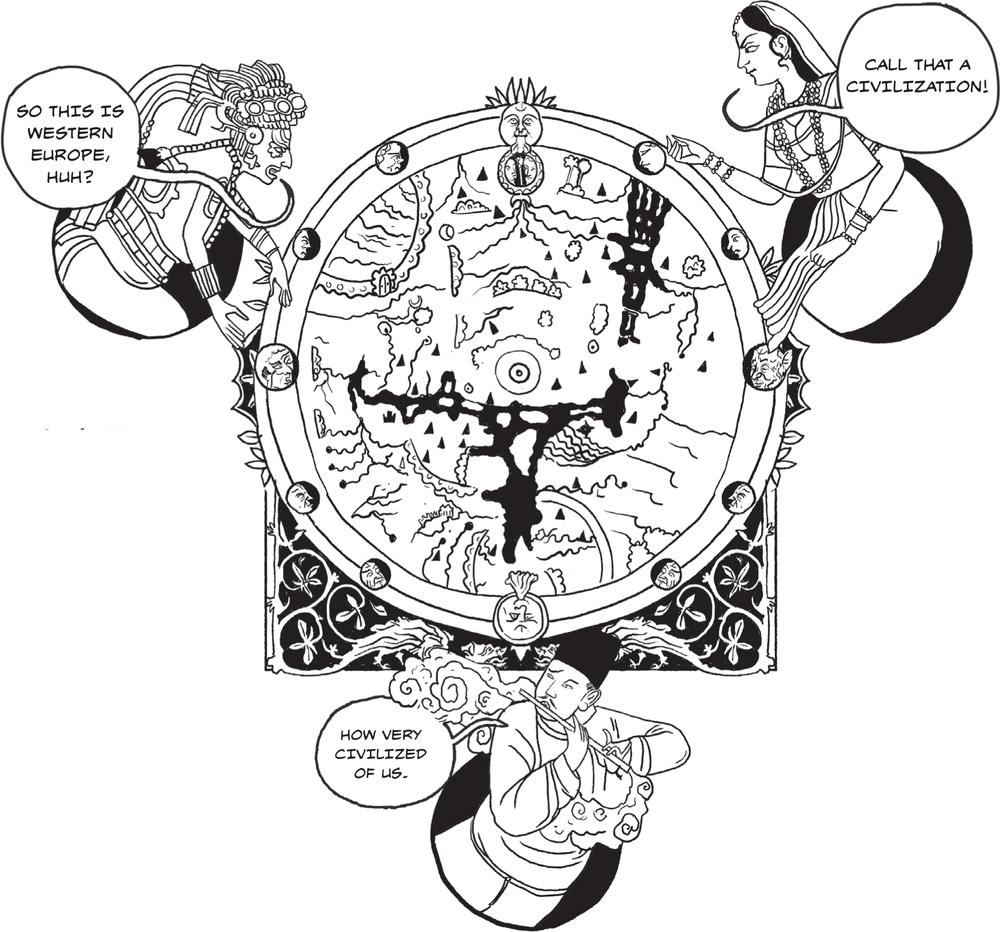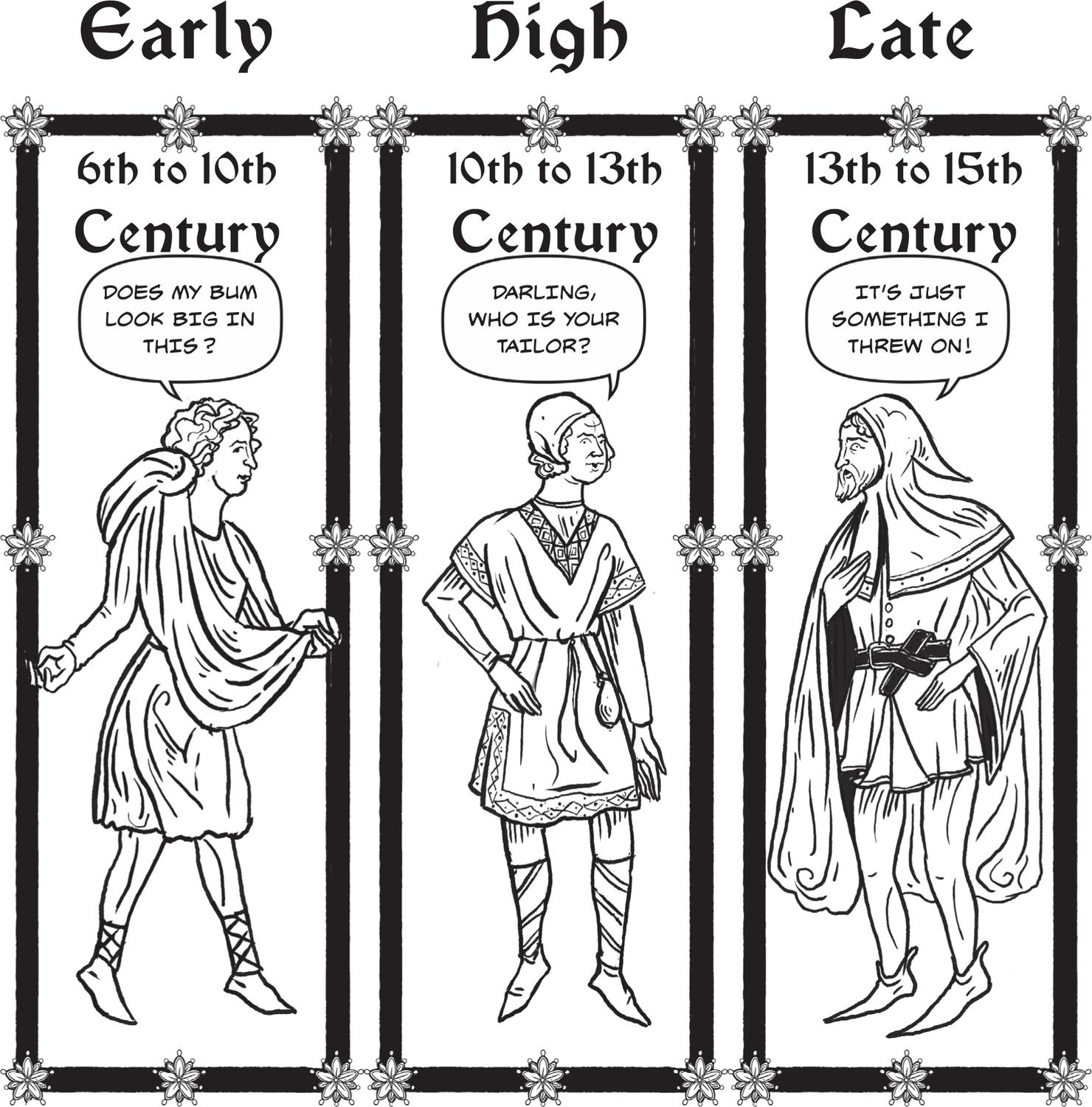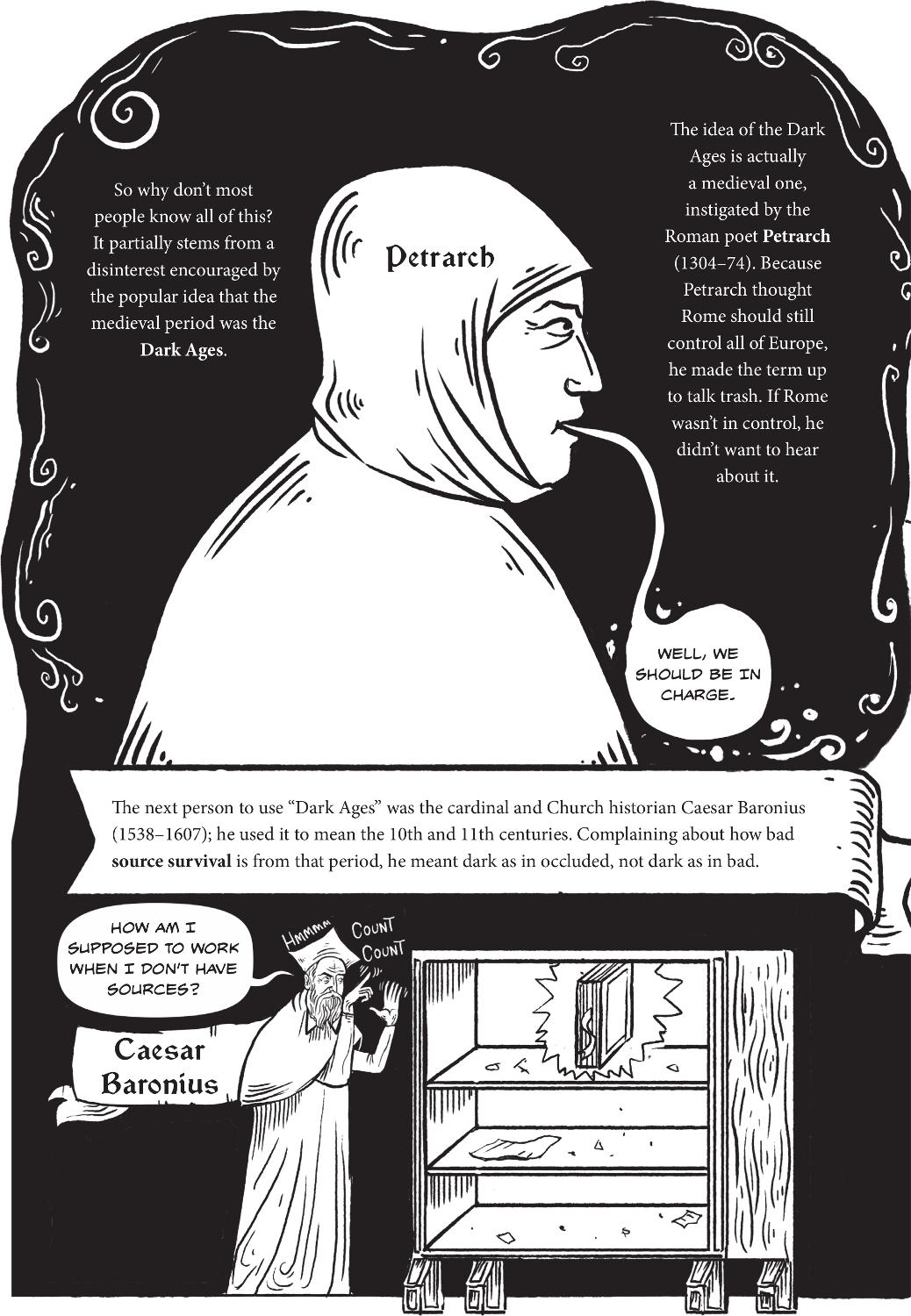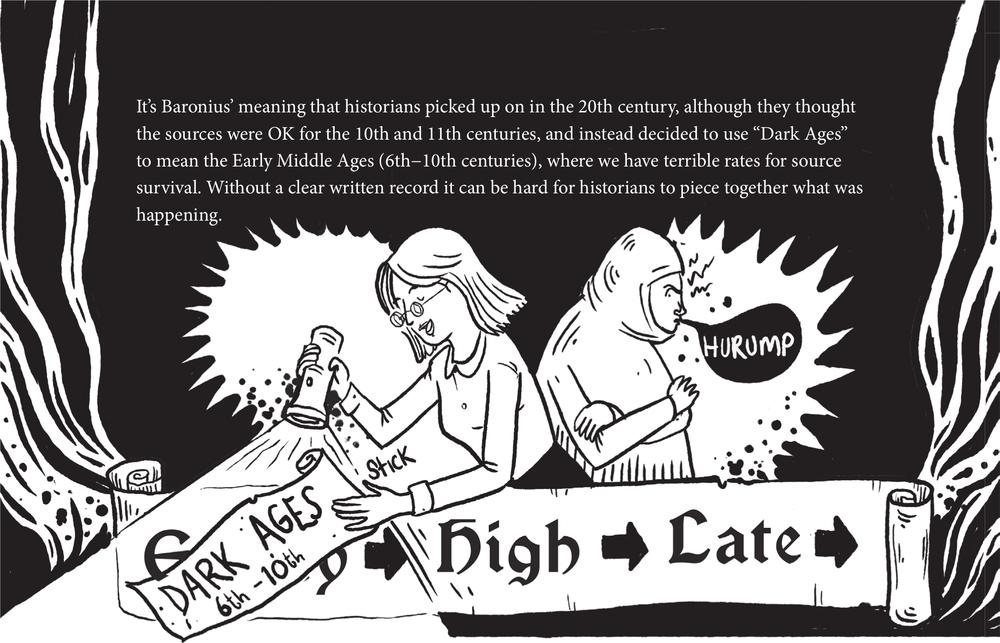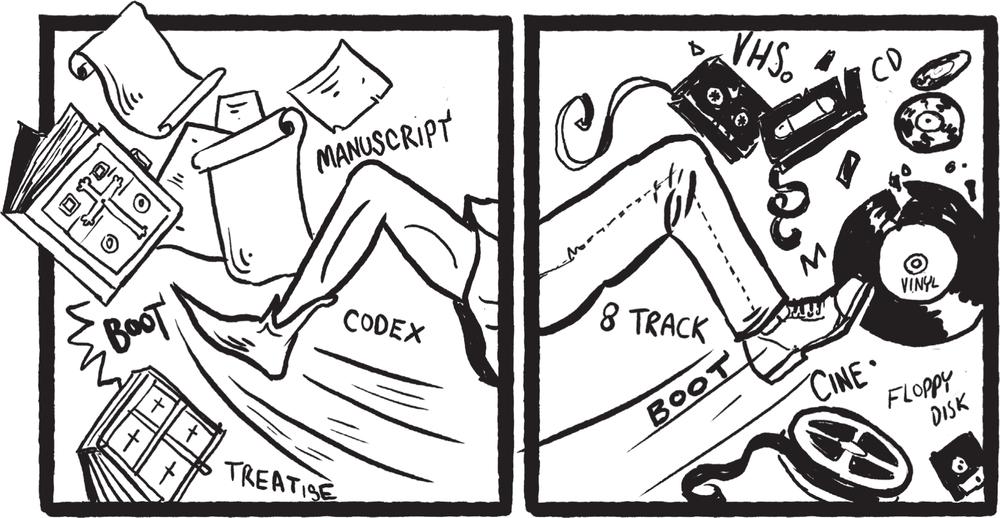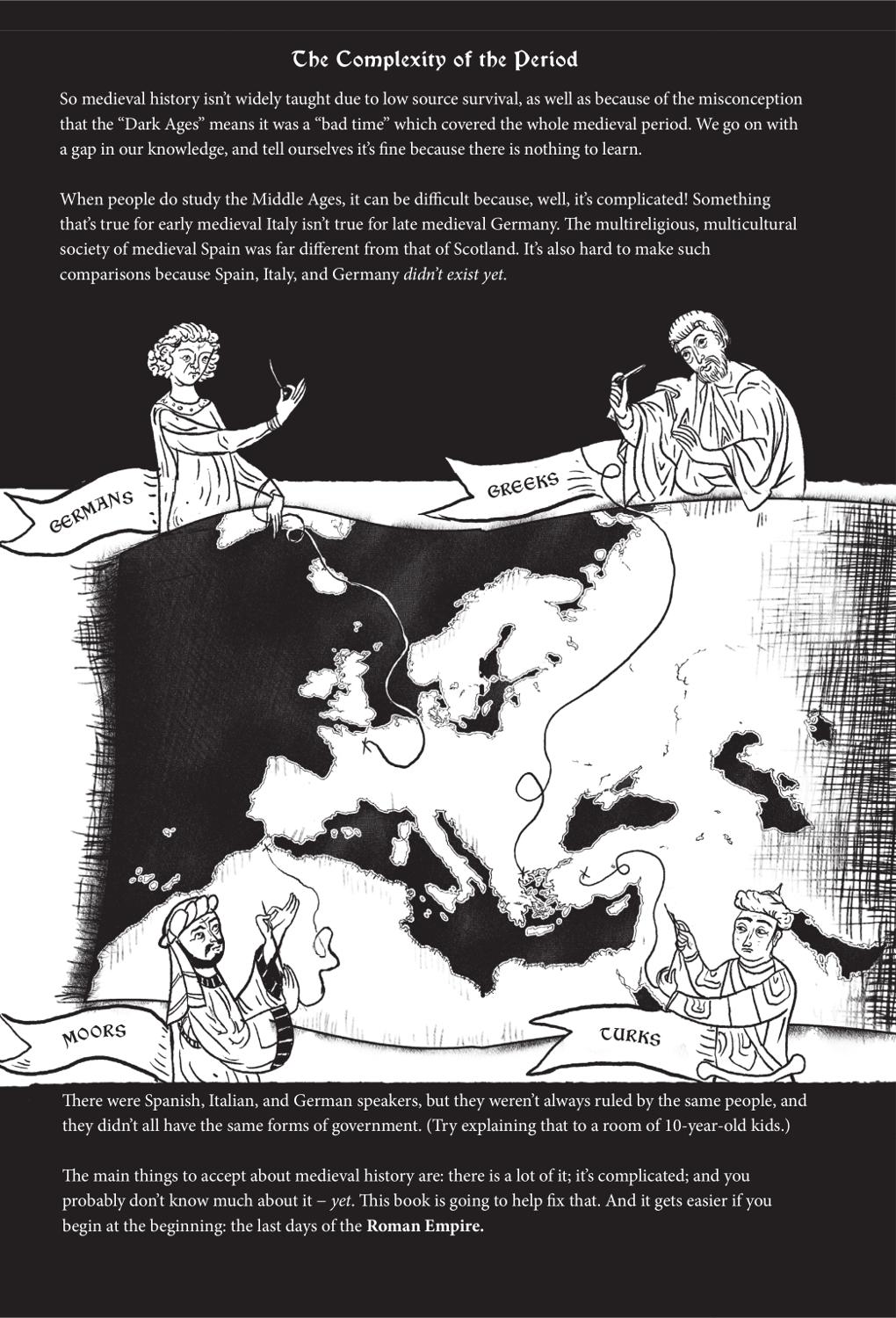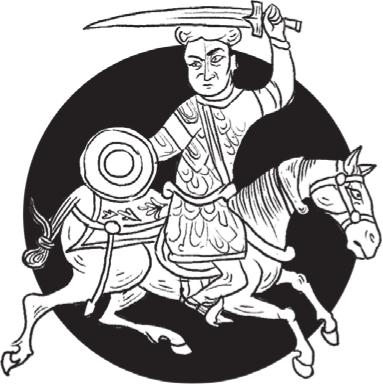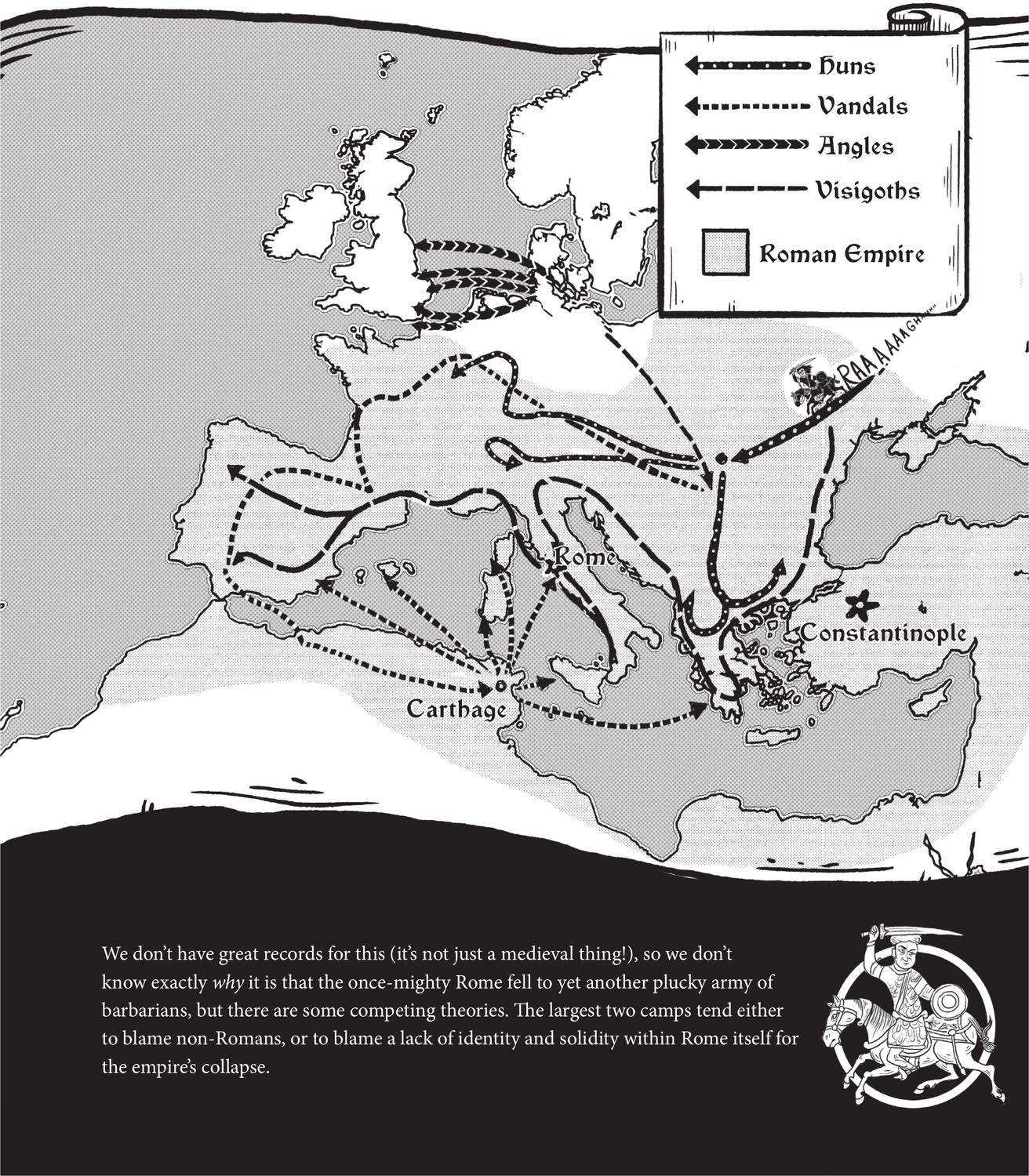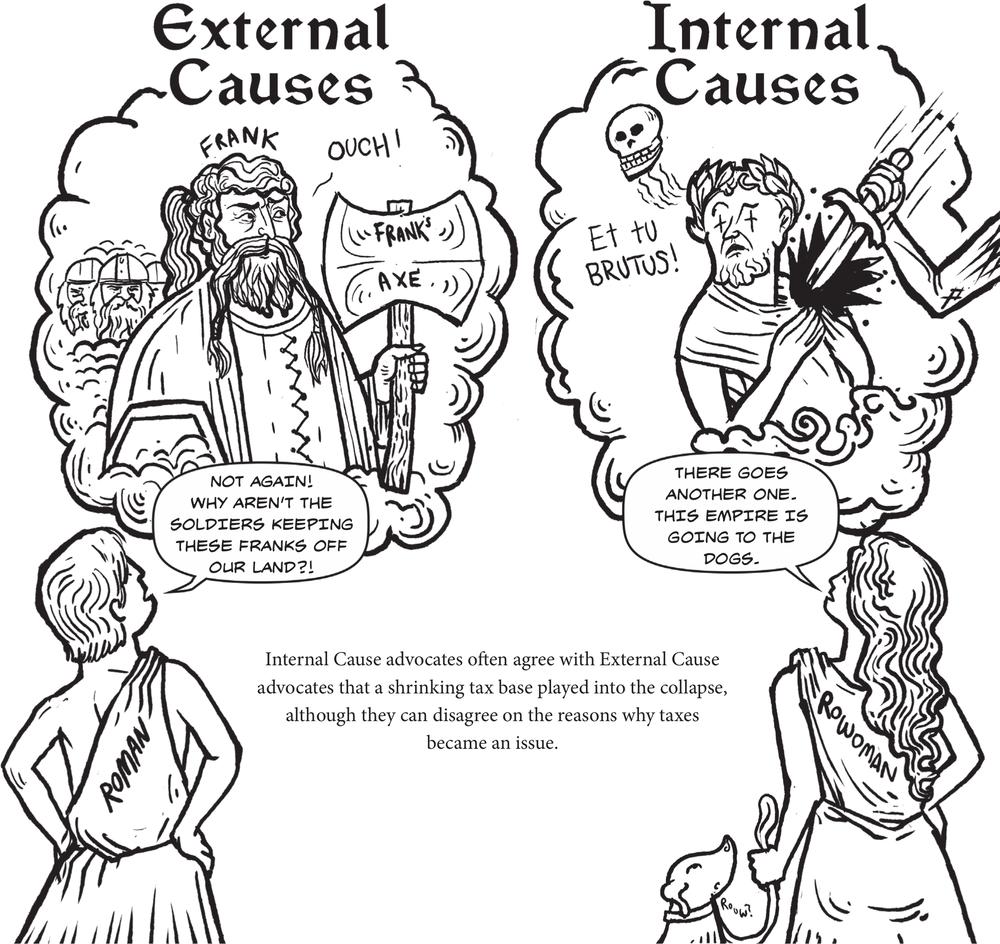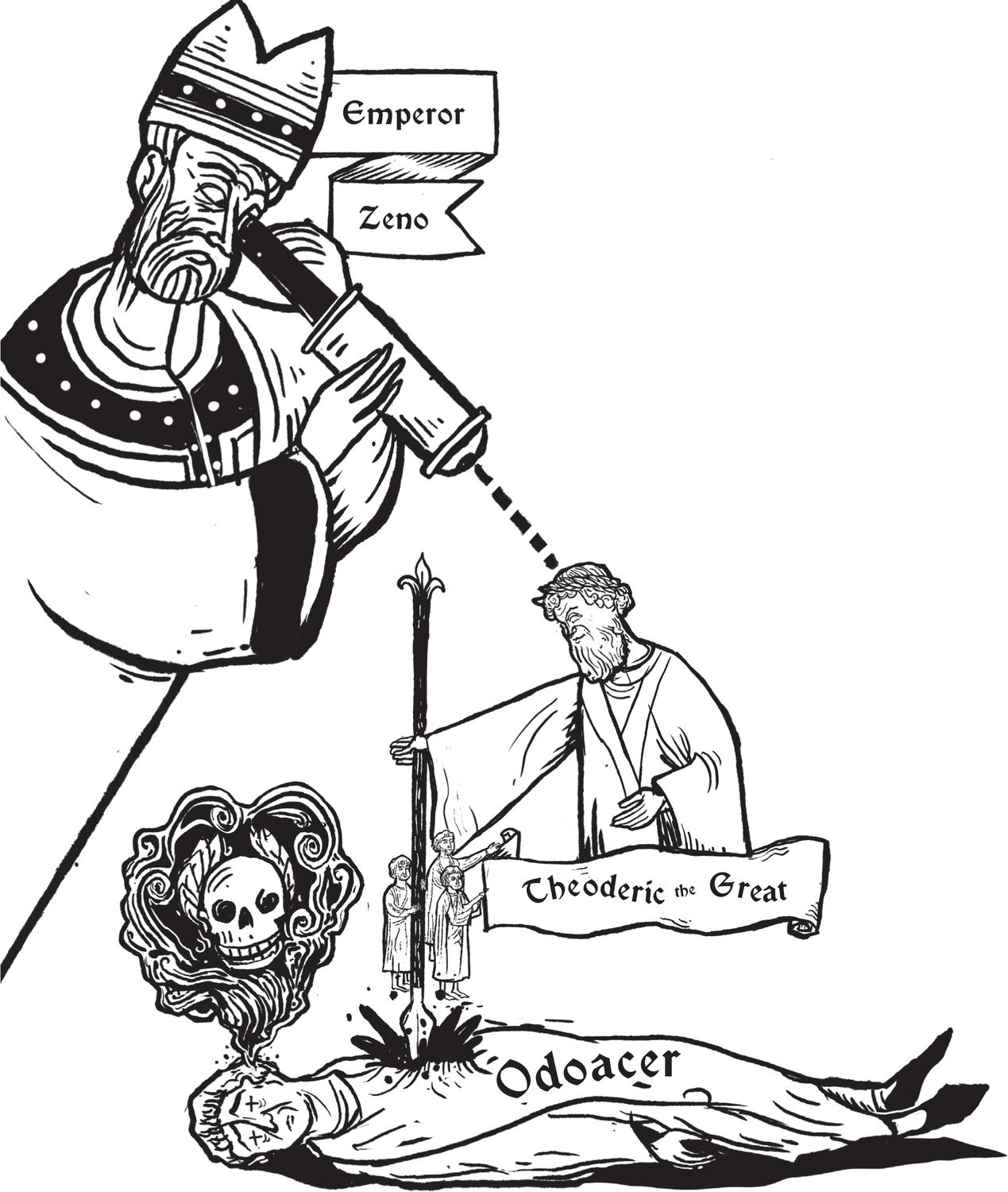Eleanor Janega - The Middle Ages: A Graphic History (Introducing)
Here you can read online Eleanor Janega - The Middle Ages: A Graphic History (Introducing) full text of the book (entire story) in english for free. Download pdf and epub, get meaning, cover and reviews about this ebook. year: 2021, publisher: Icon Books, genre: Religion. Description of the work, (preface) as well as reviews are available. Best literature library LitArk.com created for fans of good reading and offers a wide selection of genres:
Romance novel
Science fiction
Adventure
Detective
Science
History
Home and family
Prose
Art
Politics
Computer
Non-fiction
Religion
Business
Children
Humor
Choose a favorite category and find really read worthwhile books. Enjoy immersion in the world of imagination, feel the emotions of the characters or learn something new for yourself, make an fascinating discovery.
- Book:The Middle Ages: A Graphic History (Introducing)
- Author:
- Publisher:Icon Books
- Genre:
- Year:2021
- Rating:5 / 5
- Favourites:Add to favourites
- Your mark:
The Middle Ages: A Graphic History (Introducing): summary, description and annotation
We offer to read an annotation, description, summary or preface (depends on what the author of the book "The Middle Ages: A Graphic History (Introducing)" wrote himself). If you haven't found the necessary information about the book — write in the comments, we will try to find it.
The Middle Ages: A Graphic History busts the myth of the Dark Ages, shedding light on the medieval periods present-day relevance in a unique illustrated style.
This history takes us through the rise and fall of empires, papacies, caliphates and kingdoms; through the violence and death of the Crusades, Viking raids, the Hundred Years War and the Plague; to the curious practices of monks, martyrs and iconoclasts. Well see how the foundations of the modern West were established, influencing our art, cultures, religious practices and ways of thinking. And well explore the lives of those seen as Other women, Jews, homosexuals, lepers, sex workers and heretics.
Join historian Eleanor Janega and illustrator Neil Max Emmanuel on a romp across continents and kingdoms as we discover the Middle Ages to be a time of huge change, inquiry and development not unlike our own.
Eleanor Janega: author's other books
Who wrote The Middle Ages: A Graphic History (Introducing)? Find out the surname, the name of the author of the book and a list of all author's works by series.


